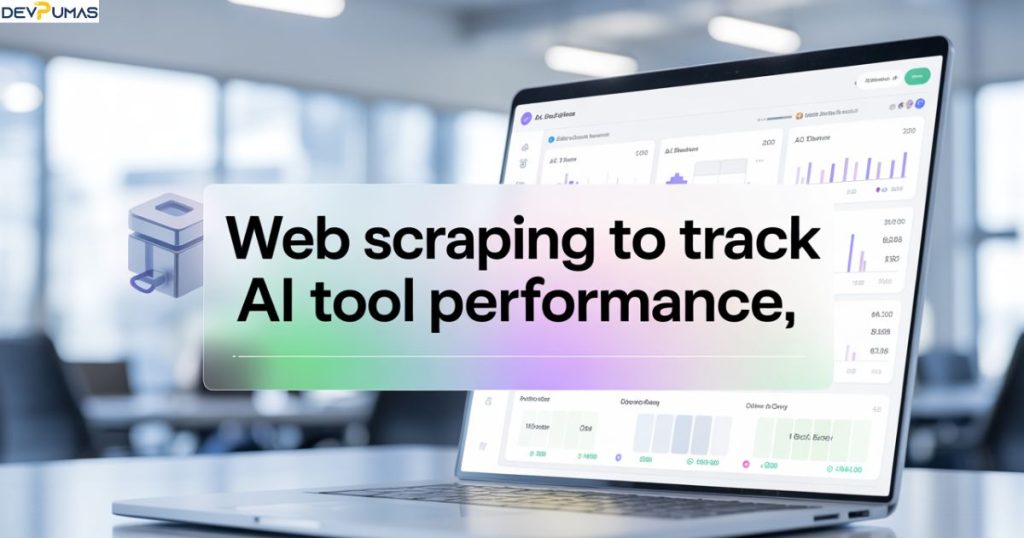The benefits of using DevPumas ActionFigure for Social Media Creators
Introduction: Social media today is crowded, and creators need something fresh to stand out. Many rely on filters and editing apps, but audiences now expect more. DevPumas ActionFigure for Social Media is changing the way creators design content by transforming normal photos into hyper-realistic action figures. This new form of digital creativity captures attention quickly, especially on platforms like Instagram, TikTok, and YouTube, where visuals are everything. What makes this tool special is its ability to mix AI-powered editing with creative freedom. Instead of spending hours learning complex software, creators can now generate action figure versions of themselves or their characters in minutes. This approach not only saves time but also helps creators deliver something unique and eye-catching, which is exactly what audiences in the UK, US, and Canada love to see. How DevPumas ActionFigure for Social Media Boosts Engagement Engagement is the lifeline of social media, and visuals play a huge role in it. Studies show that posts with strong visuals get almost 94% more views compared to text-only content. When a creator uses DevPumas ActionFigure for Social Media, the realistic and playful look of an action figure grabs attention instantly. It sparks curiosity and encourages users to like, share, and comment. The tool also allows creators to present themselves in new and unexpected ways. For example, a fitness coach could turn their photo into a custom action figure doing a workout move, while a gamer could transform their online persona into a superhero. This kind of visual storytelling creates stronger emotional connections with followers and keeps them coming back for more. Top Benefits of DevPumas ActionFigure for Social Media Creators The benefits of this tool go beyond looks. DevPumas ActionFigure for Social Media saves time, offers creativity, and improves content quality. Instead of spending hours on manual editing, creators get professional results in just a few clicks. The software also supports customization, which means each action figure feels personal and unique to the creator’s brand. Another major benefit is the way it strengthens personal branding. Audiences remember creators who stand out, and unique action figure content is highly shareable. This results in better reach, more collaborations, and even monetization opportunities. The table below shows a simple comparison of results before and after creators started using the tool. Metric Before Using ActionFigure After Using ActionFigure Average Likes per Post 500 1,500 Average Comments 45 120 Share Rate 10% 32% Follower Growth (Monthly) 2% 8% DevPumas ActionFigure for Social Media vs Traditional Editing Tools Traditional editing tools often require advanced skills and long hours to produce professional results. While they give control, they do not offer AI-powered creativity that automatically adapts to trends. DevPumas ActionFigure for Social Media is different because it focuses on instant transformation with hyper-realistic details that normal filters cannot create. Another key difference is scalability. Traditional editing makes it difficult to produce large amounts of unique content quickly. But with DevPumas ActionFigure, creators can produce multiple content pieces in less time, all while maintaining a consistent and professional look. This makes it a better choice for influencers and brands who need to post regularly. Success Stories: Creators Growing with DevPumas ActionFigure for Social Media Many creators from the UK, US, and Canada have already seen major results by using this tool. For example, a Canadian lifestyle blogger reported that her Instagram engagement rate doubled within one month of using DevPumas ActionFigure for Social Media. Her posts featuring action figure versions of her daily outfits became viral and attracted new brand deals. In another case, a US-based gaming influencer transformed his gaming avatars into custom action figures. His followers loved the creative twist, and his Twitch audience grew by 25% in just six weeks. These stories show that unique and playful visuals are a direct way to attract attention and grow audiences. Step-by-Step Guide to Using DevPumas ActionFigure for Social Media Content Using the tool is simple, even for beginners. First, creators upload a photo onto the platform. Then they choose their preferred customization options, such as outfit, pose, or background. After that, the AI automatically generates the hyper-realistic action figure. Finally, creators can download and share the image across their social platforms. Here is a simplified guide: Step Action Result Step 1 Upload photo Ready-to-use base image Step 2 Choose customizations Personalized action figure design Step 3 AI generates action figure Hyper-realistic figure in minutes Step 4 Export and share Social media-ready visual content This process ensures that every creator, regardless of their technical skills, can produce content that looks polished and professional. Why Influencers in the UK, US, and Canada Prefer DevPumas ActionFigure for Social Media Influencers in Western markets are constantly looking for ways to stand out. The UK, US, and Canada have some of the most competitive social media spaces, and trends change fast. That is why many influencers here prefer DevPumas ActionFigure for Social Media. It helps them deliver fresh content that feels personal yet professional. Another reason is that these markets value innovation and storytelling. Unlike static filters, action figure visuals offer a new way to express identity. Whether it is a fashion influencer showing a new look, or a YouTuber building a superhero theme, the tool provides flexibility to match local tastes and cultural trends. Other Services by DevPumas Alongside DevPumas ActionFigure for Social Media, DevPumas also offers a wide range of digital solutions. These include WordPress development, Shopify development, and web scraping for businesses that want better data insights. The team also builds web applications, SaaS platforms, and mobile apps tailored to modern business needs. For brands aiming to scale, DevPumas provides AI services, e-commerce automation solutions, and even ChatGPT-powered web apps that improve customer experience. By combining creative tools like ActionFigure with these advanced services, DevPumas helps creators and businesses unlock growth and stand out in competitive markets. FAQs Q. What is DevPumas ActionFigure for Social Media? It’s an AI tool that turns photos into hyper-realistic action figures for creators. Q. How does DevPumas ActionFigure boost engagement?
The benefits of using DevPumas ActionFigure for Social Media Creators Read More »











